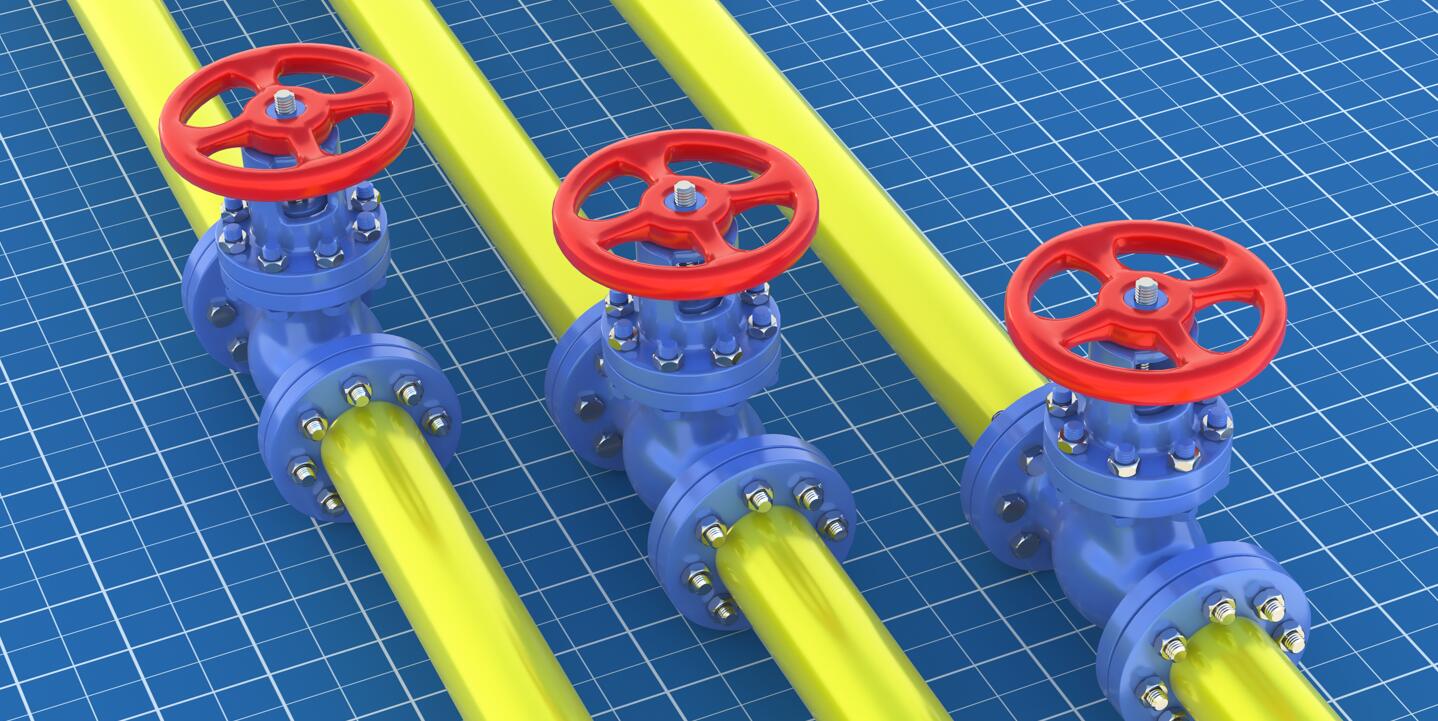In the fields of analytical chemistry and chromatographic analysis, chromatographic valves are crucial instrument components used to control flow and distribute samples, solvents, and gases in analytical instruments. Among them, six way and ten way valves are common types and play important roles in laboratory applications. In this article, we will compare these two valve types in depth to help you understand their advantages, applicable scenarios, and how to choose the correct valve to optimize your analytical experiments.
Chromatographic six way valve
The chromatographic six way valve is a valve commonly used in liquid chromatography (LC) and gas chromatography (GC) systems, which has six different connection ports or channels. The following are some key features of the chromatographic six way valve:
1. Multifunctionality
Six way valves are usually designed as multi-channel, with one channel for sample injection, another channel for flushing and cleaning, and the other channel for distributing fluid to the detector or column. This versatility makes it very suitable for performing multi-step or multi-channel analysis.
2. Speed and flexibility
Due to the complexity of six way valves, they typically switch and perform sample processing steps more quickly than other valve types. This makes it very useful in high-throughput analysis.
3. Accuracy
Six way valves typically provide a high degree of accuracy and repeatability, which is crucial for the accuracy of analytical experiments. They can accurately control the flow direction and distribution of fluids to ensure the credibility of the results.
Chromatographic ten way valve
Compared to a six way valve, a chromatography ten way valve has more channels, usually ten. The following are the key features of the ten way valve:
1. Larger number of channels
The ten way valve provides more channels, which means more sample and fluid processing options. This is very useful for complex experiments that require more sample processing steps.
2. Flexibility and Automation
Due to having more channels, ten way valves are typically used in automated experiments that require more sample or solvent switching. They can be easily integrated into automation systems, improving the efficiency of experiments.
3. High throughput
Ten way valves are suitable for analytical experiments that require high throughput, as they can handle more samples, reducing experimental time and labor costs.
How to choose the appropriate valve
The choice of a six way valve or a ten way valve depends on your specific experimental needs and application scenarios. Here are some guiding principles to help you make the right choice:
1. Experimental complexity
If your experiment requires multiple sample processing steps or involves the complexity of multi-channel flow, a ten way valve may be more suitable. They provide greater flexibility and are suitable for complex experiments.
2. Automation requirements
If you plan to integrate valves into automation systems or require high-throughput automation experiments, ten way valves may be more suitable as they are suitable for automation control.
3. Budget considerations
Ten way valves are usually more expensive, while six way valves may be more cost-effective. Therefore, your budget is also one of the considerations for selection.
4. Experimental speed
If experimental speed is crucial to you, then six way valves may be more suitable as they typically switch fluids faster.
5. Experimental Objectives
Most importantly, you need to consider your experimental goals and needs. Carefully evaluate your experiment to determine which valve is most suitable for meeting your needs.
Conclusion
Both the six way and ten way chromatographic valves play crucial roles in analytical experiments, but each has its own unique characteristics and advantages. Choosing the right valve depends on your experimental needs, complexity, level of automation, and budget. No matter which type of valve you choose, you need to ensure that their performance and quality meet your experimental requirements to ensure accurate and repeatable results. I hope this article can help you better understand six way and ten way valves and make wise choices in experiments





